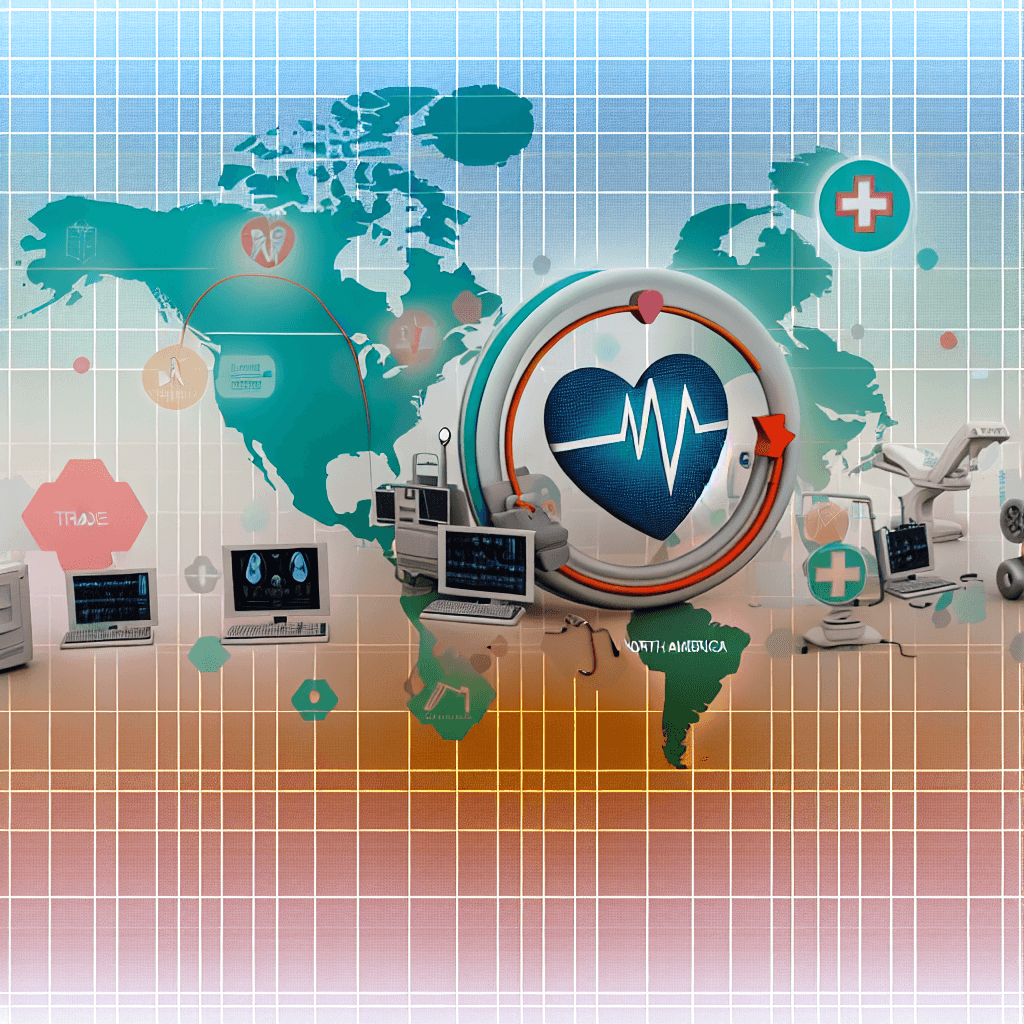Explore the North American Healthcare IT Market trends, growth drivers, and key industry insights for strategic business decisions.
North American Healthcare IT Market

Table of Contents
Exploring the North American Healthcare IT Market

The North American Healthcare Information Technology (IT) market is a dynamic and rapidly evolving sector, driven by technological advancements, regulatory changes, and an increasing need for cost-effective patient care. As healthcare systems strive to improve service delivery and patient outcomes, the role of IT in healthcare has become more crucial than ever. This article delves into the current trends, challenges, and opportunities within this vibrant market, providing a comprehensive overview for stakeholders and interested observers alike.
Current Landscape of the Healthcare IT Market
The North American healthcare IT market is characterized by its robust growth and innovation. This sector encompasses a wide range of solutions including electronic health records (EHR), telehealth, healthcare analytics, and mobile health applications. The adoption of these technologies has been significantly accelerated by factors such as governmental initiatives and the growing demand for integrated healthcare systems.
Key Drivers of Growth
Several factors contribute to the growth of the healthcare IT market in North America:
- Government Policies and Regulations: Initiatives like the Health Information Technology for Economic and Clinical Health (HITECH) Act in the United States have provided a strong impetus for the adoption of EHR systems across healthcare facilities.
- Need for Cost Reduction: Healthcare providers are leveraging IT solutions to reduce costs associated with healthcare delivery by minimizing manual processes and enabling more accurate diagnosis and treatment.
- Technological Advancements: Innovations such as artificial intelligence (AI), machine learning, and blockchain are transforming healthcare IT by enhancing the efficiency and effectiveness of healthcare services.
- Increasing Demand for Telehealth: The COVID-19 pandemic has significantly increased the demand for telehealth services, pushing healthcare providers to rapidly adopt and implement these technologies.
Major Challenges
Despite the growth, the healthcare IT market faces several challenges that could impede its progress:
- Data Security and Privacy Concerns: With the increasing amount of patient data being digitized, there is a heightened risk of data breaches and cyber-attacks, making data security a major concern.
- Integration and Interoperability Issues: Many healthcare providers use disparate systems that often do not communicate effectively with each other, leading to inefficiencies and errors.
- High Implementation Costs: The cost of implementing sophisticated IT systems can be prohibitive for smaller healthcare providers, potentially leading to a digital divide in healthcare services.
- Resistance to Change: There is often resistance from healthcare professionals towards adopting new technologies, due to comfort with existing processes or skepticism about new tools.
Innovative Trends Shaping the Future
The healthcare IT market is witnessing several exciting trends that are poised to shape the future of healthcare in North America:
- AI and Machine Learning: AI is being used to predict patient outcomes, personalize treatment plans, and automate administrative tasks, thereby improving care and reducing costs.
- Blockchain: This technology is gaining traction for its ability to secure patient data and manage complex records across multiple stakeholders.
- Internet of Medical Things (IoMT): Devices connected through the IoT are revolutionizing patient monitoring and data collection, enabling real-time insights into patient health.
- Increased Focus on Patient Experience: IT solutions are increasingly designed with a focus on enhancing the patient experience, including through the use of patient portals and mobile health apps.
Case Studies
Several case studies highlight the impact of IT on healthcare delivery:
- Telehealth Implementation in Rural Areas: Telehealth platforms have enabled patients in remote areas to access specialist care, significantly improving outcomes in rural healthcare settings.
- EHR Adoption by Multi-Specialty Clinics: Large clinics have reported improvements in operational efficiency and patient satisfaction after adopting integrated EHR systems.
- AI in Diagnostic Imaging: AI algorithms are being used to enhance the accuracy of diagnostic imaging, reducing the rate of misdiagnosis and improving treatment planning.
Conclusion
The North American healthcare IT market is at a critical juncture, with immense potential to transform the landscape of healthcare delivery. While challenges such as data security and high costs remain, the benefits offered by IT solutions—improved efficiency, reduced costs, and enhanced patient care—are driving rapid adoption. As technology continues to evolve, the healthcare sector must embrace these changes to meet the growing demands of the modern healthcare environment. The future of healthcare in North America will undoubtedly be shaped by the innovative use of IT, making this an exciting area for ongoing investment and development.
In conclusion, the integration of IT in healthcare is not just a trend but a substantial shift towards a more efficient, effective, and patient-centered healthcare system. Stakeholders in the healthcare sector must continue to navigate the challenges while capitalizing on the opportunities that technology brings to the forefront of healthcare.








